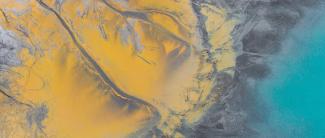Plataformas diseñadas para cubrir las amenazas en cualquier parte del mundo.
Desarrollo de estrategias integrales para la gestión y transferencia de riesgo acompañando a nuestros clientes durante todo el ciclo entregando resultados tangibles para sus países y regiones.
Alineamos nuestro conocimiento científico y tecnología a las políticas de los organismos internacionales que promueven una mejor administración del riesgo.

R-PLUS Europe.
A platform for financial risk assessment

ERN-RED
Risk Manager Specialist of CCRIF
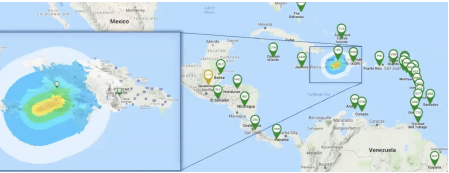
SPHERA. First system focused on parametric insurance
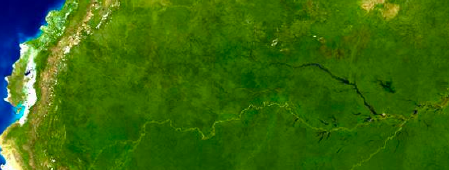
Modeling and analysis of catastrophic risks for the Pacific Alliance (Chile, Colombia, Peru, Mexico)
Identify the hydro-meteorological threats faced by each country and classify them according to their fiscal and economic impact.

Managua seismic vulnerability study
Client: INETER, The World Bank, SINAPRED
The main objective was to prepare damage and loss scenarios for all the existing building inside a perimeter which covers almost 80% of the city extension. The selected hazard scenarios were earthquakes that produce losses equivalent to those expected for 100 and 500 years return period, and a scenario equivalent to the December 1972 Managua earthquake.
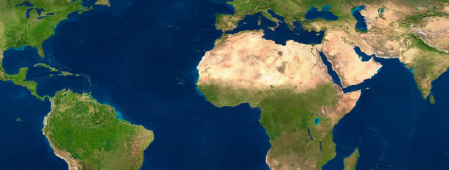
ERN developed the software tools and probabilistic methodologies for the CAPRA Program
The CAPRA Program is an initiative that aims to strengthen the institutional capacity for assessing, understanding and communicating disaster risk, with the ultimate goal of integrating disaster risk information into development policies and programs. Under the CAPRA Program government institutions and other agencies partner with The World Bank to address specific development challenges and meet disaster risk information needs through hands-on practical training and other complementary services.

Climate change and urban development studies for Asuncion, Paraguay
Client: Inter-American Development Bank (IDB)
Partner: IDOM
In this project ERN was in charge to develop the “Consulting Engagement #2: Disaster risk and climate change vulnerability assessment”. For Asuncion the priority natural hazards were: flood by overflow of the Paraguay River, flood by overflow of small rivers inside the city and flood by water accumulation in flat areas inside the city. For the different steps of the analysis the CAPRA platform (developed by ERN) was employed, using mainly the software CAPRA-GIS (risk analysis) and ERN-flood.
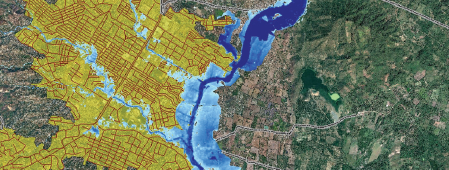
Development of a methodology and software tool for the estimation of disaster risk reduction (DRR) strategies at country leve
Client: Inter-American Development Bank (IDB)
The purpose is to develop a methodology and software tool that would allow the prioritization of public investments in Disaster Risk Reduction (DRR) at national and sub-national level.

Risk analysis and identification of possible risk reduction measures for selected IIRSA infrastructure in Peru and Chile
Client: Inter-American Development Bank (IDB)
Partner: RBA (Ruben Boroschek and Associates)
In this project ERN and RBA developed a probabilistic risk estimation for selected IIRSA infrastructure in Peru and Chile (ports and airports). As part of the risk analysis, probabilistic hazard estimation for earthquake and tsunami was developed.
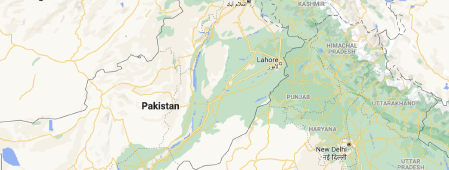
Technical assistance project for Pakistan
The World Bank hired ERN to give technical support to the Government of Pakistan on the seismic risk assessment to support the National Working Group on risk assessments to develop estimations of PML and Risk Premium for all the country to contribute towards the development of a catastrophe risk financing strategy and subsequently risk transfer and sharing mechanisms.
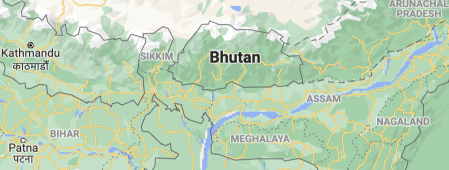
Technical assistance project fo Bhutan
The World Bank hired ERN to give technical support to the Department of Disaster Management of the Royal Government of Bhutan on the seismic risk assessment for Thimphu Thromde. The idea is to develop a national risk assessment platform and to assess the earthquake risk in Thimphu Thromde (Bhutan Capital).

CAPRA probabilistic disaster risk assessment initiative
Client: The World Bank (WB), Inter-American Development Bank (IDB)
Partner: CIMNE, ITEC, INGENIAR
Application for El Salvador, Costa Rica, Peru, Chile, Colombia, Panama, Guatemala, Belize, Honduras, Nicaragua.
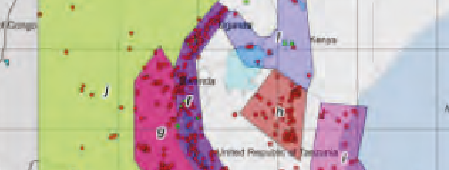
Earthquake risk modelling development of national disaster risk profiles For Sub-saharan Africa
Client: GFDRR-World Bank
Partner: RED (Risk Engineering and Design)
In this project ERN developed probabilistic national-level earthquake risk models for Ethiopia, Kenya, and Uganda. For the risk estimation a seismic hazard assessment was developed using information of historical earthquake catalogs, seismic source information and attenuation relationships. Vulnerability models for the asset typologies identified in the study area were proposed. In a second phase of this project, ERN-RED will develop risk profiles for Malawi, Mozambique and Cabo Verde.

Climate change and urban development Studies for Cuenca, Ecuador
Client: Inter-American Development Bank (IDB)
Partner: IDOM
In this project ERN was in charge to develop the “Consulting Engagement #2: Disaster risk and climate change vulnerability assessment”. For Cuenca the priority natural hazards were: landslide, flood, earthquake and drought. For the perils of landslide and drought susceptibility and socio-economic impact analysis were developed. For the different steps of the analysis the CAPRA platform (developed by ERN) was employed, using mainly the software CAPRA-GIS (risk analysis), CRISIS (earthquake hazard) and ERN-flood.
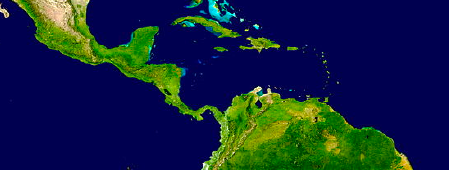
Application and updating of the risk and risk management index system to Argentina, Barbados, Bolivia,Chile, Colombia, Ecuador, Jamaica, Mexico, Panama, Peru, Dominican Republic,Trinidad and Tobago
Client: Inter-American Development Bank (IDB)
Partner: CIMNE, ITEC, INGENIAR
The objective of the project corresponds to the Action Plan of the IADB for improving Disaster Risk Management (DRM) through the application and updating of the risk and risk management indicators system in the LAAC region.
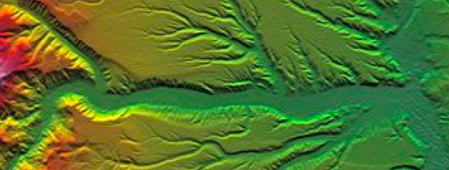
Country specific risk evaluations for Bolivia, Guatemala, Jamaica and Peru
Client: Inter-American Development Bank (IDB)
Partner: CIMNE, ITEC, INGENIAR
The main objective of the risk evaluations was to provide robust analysis that allow the identification of important disaster risk issues in the context of four countries development priorities and oriented the setting of risk management priorities.
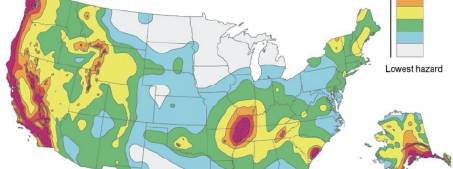
An earthquake hazard model for the USA has been implemented in ERN’s systems
The model has been developed using the most updated and recent data published by the USGS, besides making use of advanced methodologies and tools for analyzing earthquake hazard.
Using high-resolution data, the model also allows estimating amplification factors to account for the site-response at any location. The model considers and propagate different uncertainties related to the occurrence of future earthquakes, maximum magnitudes and ground motion intensities, using an approach that optimizes the synthetic earthquake catalogue focused towards loss assessment in different types of assets such as buildings, lifelines and transportation networks.
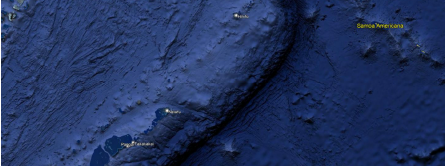
Strengthening the Resilience of Public Facilities in Samoa, Tonga and Vanuatu (SRPF)
The objective of this program is to provide the World Bank and the local governments of Samoa, Tonga and Vanuatu with reliable tools to define interventions for reducing disaster risks and improving the resilience of educational buildings (i.e., primary and secondary public schools) and public health facilities. In particular, the following goals are expected to be achieved:
- Update and extension of the existing hazard, exposure and vulnerability datasets;
- Update and extension of the educational building and public facility risk classification;
- Identification of viable interventions, risk mitigation strategies and their assessment;
- Cost-benefit analysis (CBA) of both individual and lines of interventions;
- Classification and prioritization of interventions;
- Recommendations for intervention strategies and their successful incorporation into investment programs in the target countries for improving the disaster risk resilience of schools and public health facilities.

Regional disaster risk and capacity development in risk identification
The geographical scope of this project is Central Asia: Kazakhstan, Kyrgyzstan, Tajikistan, Turkmenistan and Uzbekistan. The natural hazards to be analyzed are earthquakes, pluvial floods and river floods, as well as landslides.
Consulting group: RED, ERN, AKUA, Tyagunov, OGS, Unesco, IS, ISASUz, TashIIT, IWPHE, ISNASKR, ISAP
ERN will develop the following products: earthquake and flood risk assessment, as well as seismic vulnerability.

